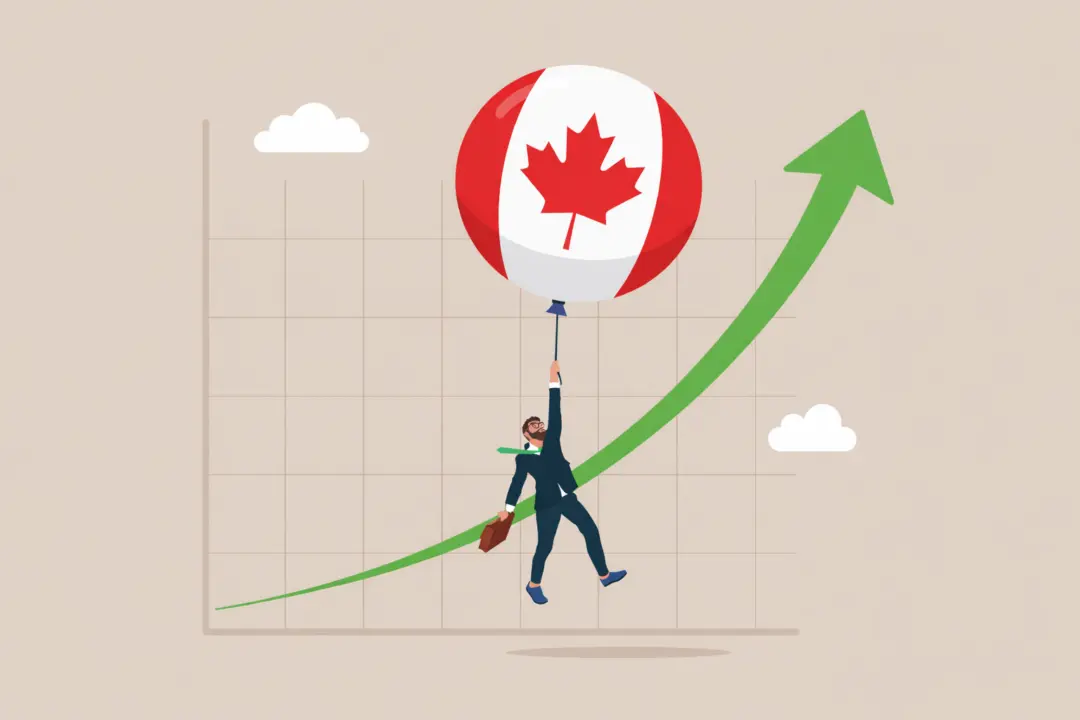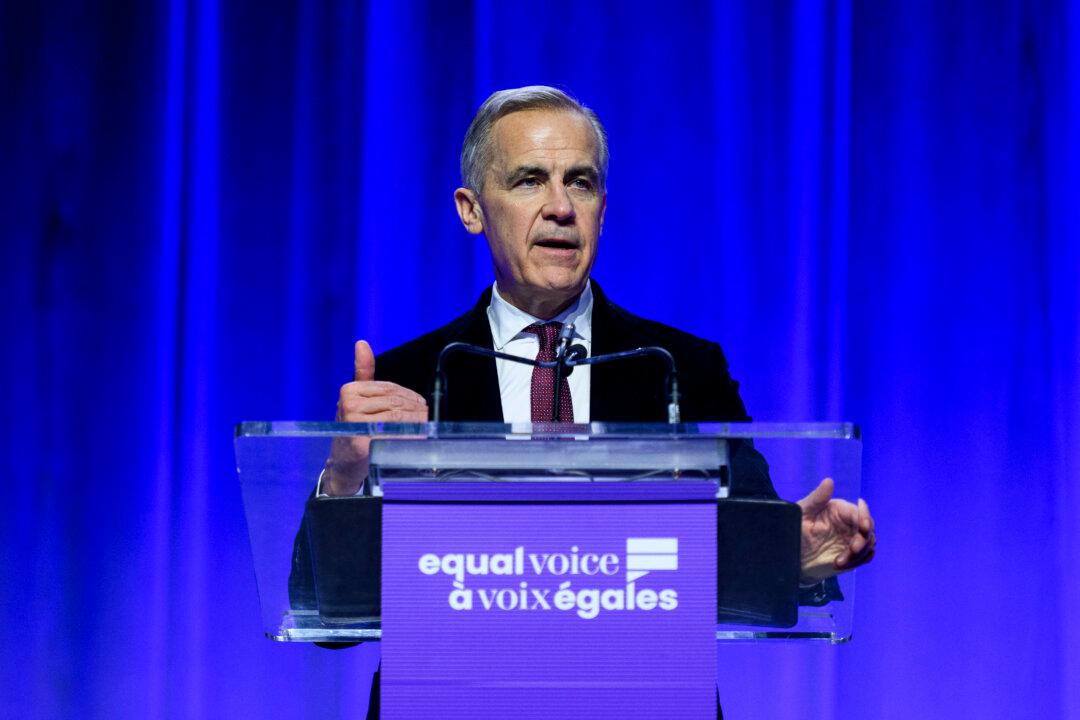The top 20 percent of income-earning families in Canada pay nearly two-thirds of the country’s taxes, according to new research from the Fraser Institute.
“In short, Canada’s tax system disproportionately taxes the top 20 percent of families whether we are analyzing personal income taxes or all types of taxes,” said the report titled Measuring Progressivity in Canada’s Tax System, 2023.





